In a country where cricketers are praised as gods, have you ever wondered where it all started for the goddesses of Indian cricket, the Indian Women Cricket Team? If not, then do not worry about it. We bring you the history of the Indian women cricket team by taking you down memory lane. This article tells you the beginnings of Indian women’s cricket in India and overseas, in a game highly regarded as a men’s game.
How Did it All Start?

Indian women’s team played their first test match under the leadership of Shanta Ragaswamy in 1976 against mighty West Indies in Bangalore. Yes, West Indies men’s and women’s teams both were regarded as the giants of cricket back then. The first test series consisted of 6 games, with each of them lasting three days. Team India started the first series with a bang by beating the West Indian women’s team as the skipper led them from the front.
It all started in the early 1970s with Indian women when a few courageous women went against the odds and took up cricket as a profession. They got help from this man known as Mahendra Kumar Sharma, who became the founder secretary, and registered the Women’s Cricket Association of India (WCAI) in 1973. It was done under the presidency of Begum Hamida Habibullah. It was an inspiring moment for every woman that took the bat in their childhood and smashed balls all around. The same WCAI later received the International Women’s Cricket Council membership as well.
It Could Have Been Better For Women Cricket Team
However, things started to turn south for the Indian women’s team. They only played two more test matches in the same year but had to wait for another seven years to play their next game. It was a kind of a setback which was laid for various reasons, one of them being less popular among the audience. Moreover, in 1984, they played three more test matches which continued till the end of 1986.
If we come back to the initial stages, then soon after establishing the team, the executive committee was reorganized with two leading females Mrs. Chandra Tripathi and Mrs. Premala Bai Chavan. They took over as chairperson and president of the Indian women’s team, respectively. Both the leaders and Mr. MK Sharma were known as the groomers of women’s cricket in India.
National Tournaments

In 1973, WCAI inaugurated the first-ever Women’s inter-state nationals in Pune with only three teams participating, Bombay, Maharashtra, and UP. By the time of the third championship, 14 teams played the tournament giving a great boost to women’s cricket in India.
Fast forward to the last 15 years; we haven’t played much Test cricket. India’s women’s cricket team is very active in limited tournaments and is regarded as the top team. Not only a little Cricket, but Indian women’s cricket is highly considered the top Test team, especially after completing the hat-trick of wins in Taunton, Wormsley, and Mysore, respectively.
Winning Test Matches
It was 2006 when India was playing against England in Taunton. Team India enforced a follow-on against England and went on winning the game by five wickets.
In Wormsley, the two Indian top-class blowers Jhulan Goswami and Niranjana Nagarajan, were all over the South African batters as both these excellent bowlers ended up with four-for. But it was not the end as a stellar batting performance was left as the tremendous batting from Thrush Kamini, and Punam Raut helped India stand in a strong position. They scored 192 and 130, respectively.
Traveling back to the early stages, then after a successful five years of domestic level cricket. A team was selected to play their first-ever bilateral series against the Australia U-25 team for a three-match series. The three matches were captained by three different womens Ujwala Nikam, Sudha Shah, and Sreerupa Bose, respectively. India Women didn’t stop there and played against England, New Zealand, and West Indies.
Moving ahead in 1978, a mega event was planned known as the Women’s Cricket World Cup, which India hosted. A total of 4 teams participated: Australia, New Zealand, England, and India. It was a disappointing start for Indian women as they lost all of the three matches but eventually waived the path for other female cricketers in India.
Some Facts on Indian women’s Cricket Since Its Inception
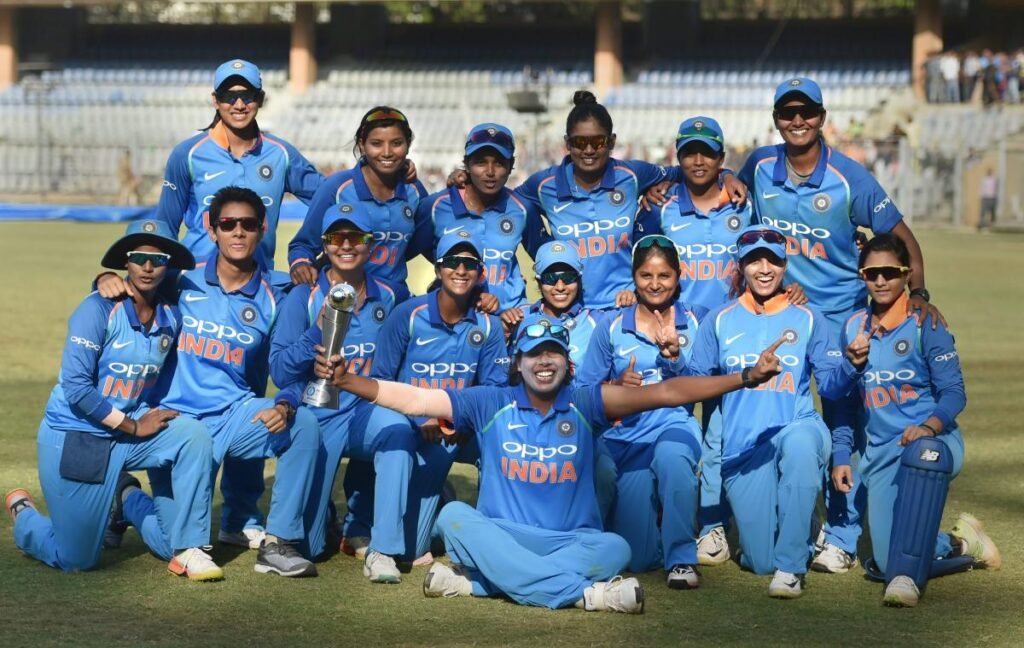
- India’s Mithali Raj’s knock of 214 is the highest score in an innings then and remains the highest score by a female Indian player to date.
- Earlier, women used to wear skirts while playing the game as Australia, New Zealand, and England players used to wear skirts during the games. But Indian and West Indies players played in trousers.
- Shanta was the first Indian woman cricketer to score a century in international cricket.
- Sandhya Agarwal created a world record by scoring 190 runs in an innings in a test match in England in 1986.
- India’s Neetu David’s 8-53 against England in 1995 is the record bowling effort in a test match innings.
- Mithali is also the leading run-scorer in ODI cricket. It’s been 55 times she scored 50 or more runs in ODI cricket, the highest ever number in ODI, including 49 fifties and six hundred.
- The 38-year-old Jhulan Goswami is the highest ODI wicket-taker with 227 dismissals and is miles ahead of any current women’s player.
- The highest partnership in women’s ODIs is under the Indian openers Poonam Raut and Deepti Sharma as they recorded a 320 run partnership between them.
- At 16 years and 205 days, Mithali Raj surpassed Shahid Afridi (16 years 205 days) to become the youngest centurion in ODI cricket across men’s and women’s records combined.
Endnotes
As you can see, Indian women’s cricket has come a long way. From not winning a single in the 1978 world cup to reaching finals in 2005 and 2017, Indian women’s has a lot to offer. Team India is moving tremendously well ahead in women’s cricket as well as in men’s cricket. We have this perfect amalgamation of young and senior players, which can do wonders for the country in the future, as we all are hoping for it. We hope you enjoyed this article, until next time; goodbye!

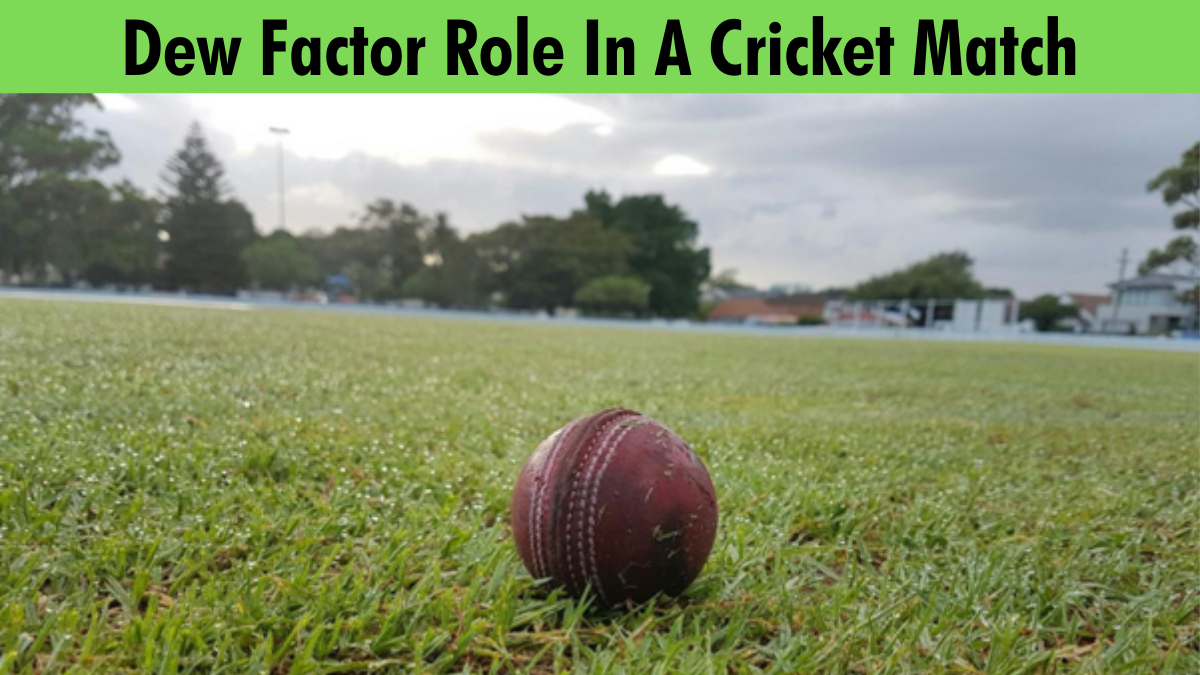


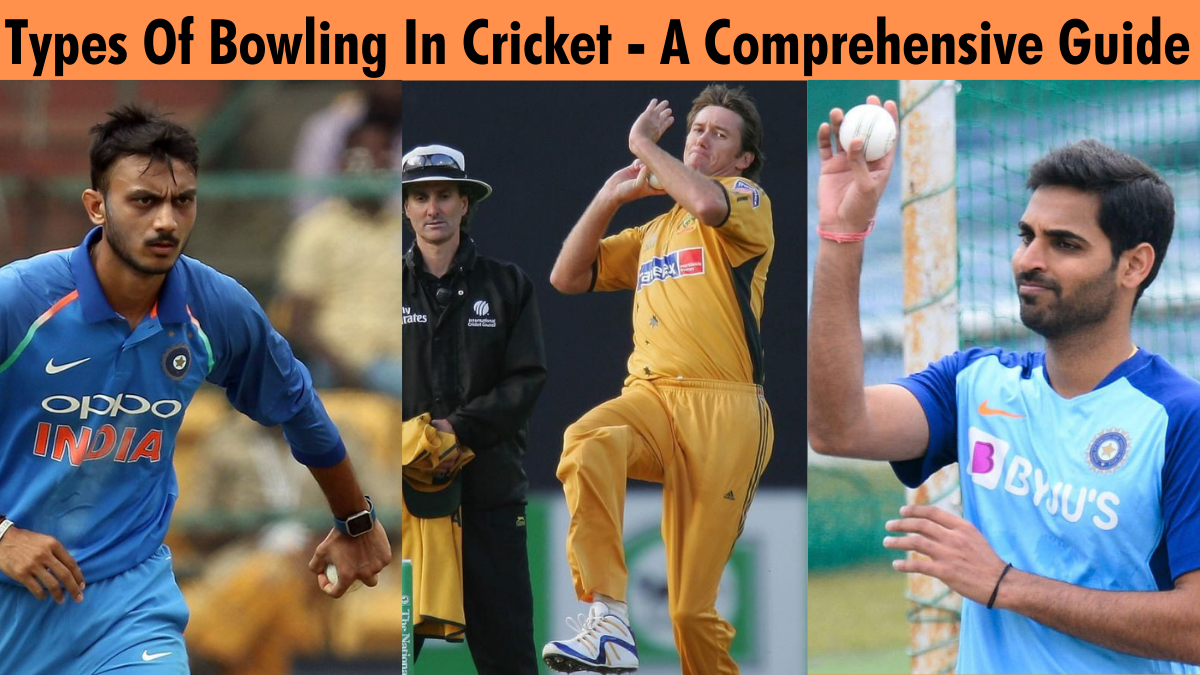
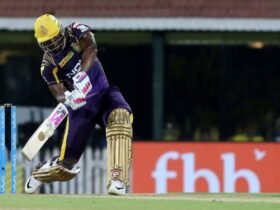

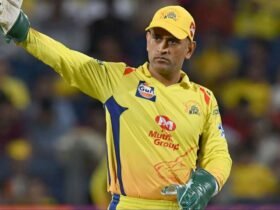
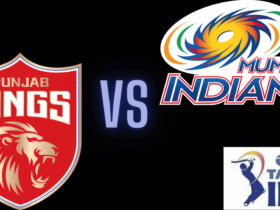

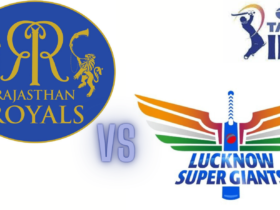

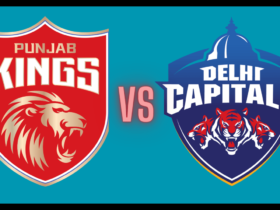


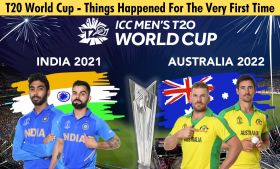


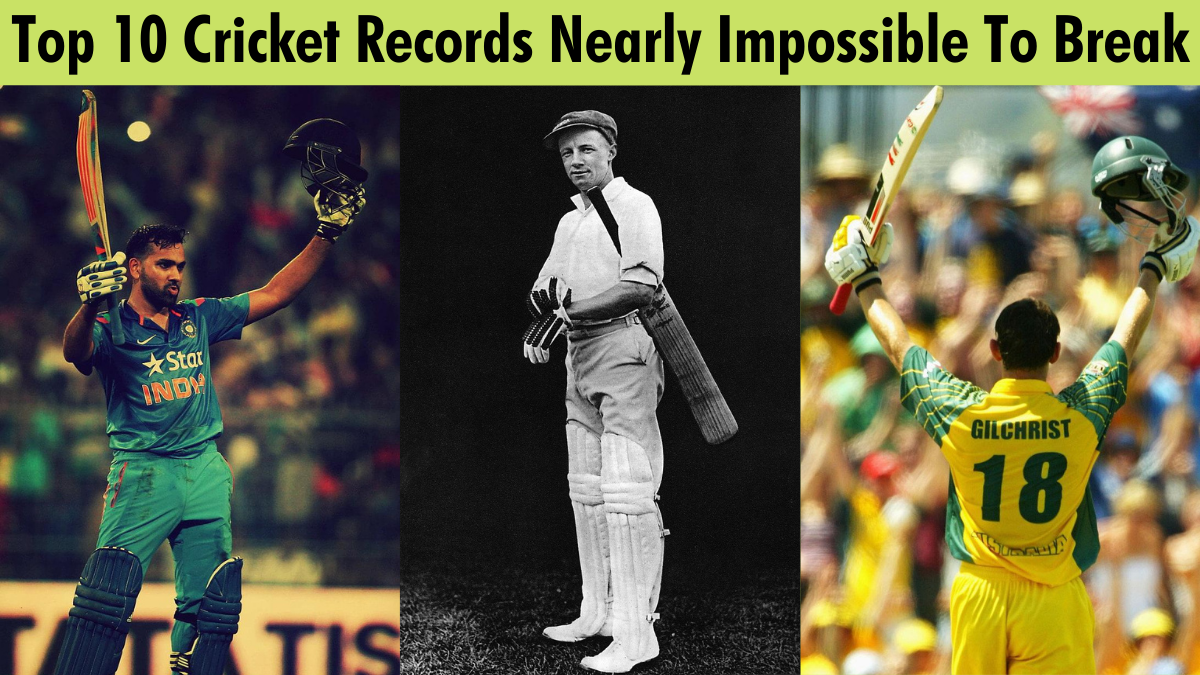

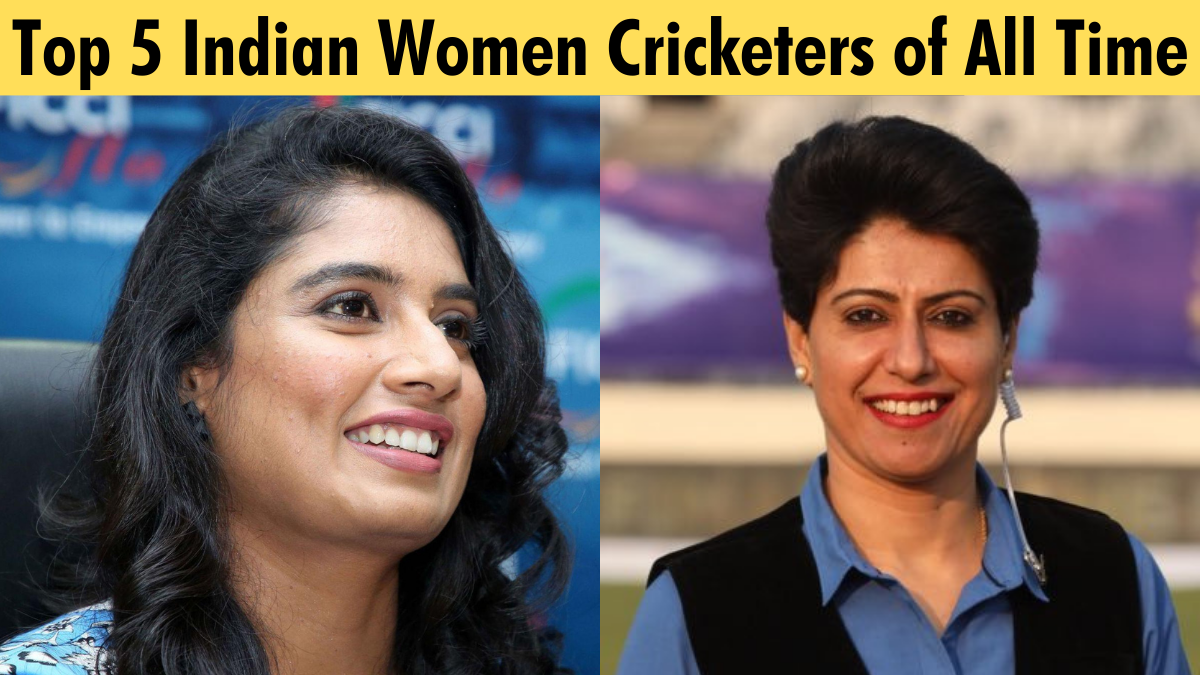


Leave a Reply